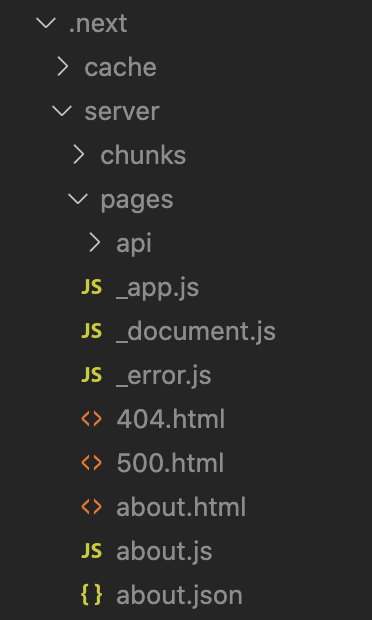Next.js can create static HTML pages at build time. Static HTML pages can then be deployed in CDNs to improve page performance. Using next export command, we can create a static HTML site from a Next.js site.
Even without using next export, Next.js does automatic static optimization by generating HTML files for pages. If a page contains getServerSideProps or getInitialProps, Next.js will switch to render the page on-demand or per-request (meaning Server-Side Rendering). If both getServerSideProps and getInitialProps are NOT present, Next.js automatically create a static HTML file.
In my Next.js project, I created a new page for about. It contains following code.
export async function getStaticProps(context) {
return {
props: {
name: "Joby",
age: 35,
},
};
}
export default function About({ name, age }) {
return (
<div>
<h1>About Page</h1>
<span>
{name} is {age} years old
</span>
</div>
);
}As you can see, in the above code getServerSideProps and getInitialProps are not present. Now when I run next build, I could see about.html generated under .next/server/pages/.

If there is getServerSideProps in the page, then, instead of about.html, Next.js creates about.js. The about.js is then executed in a node server like a normal Node.js application.
